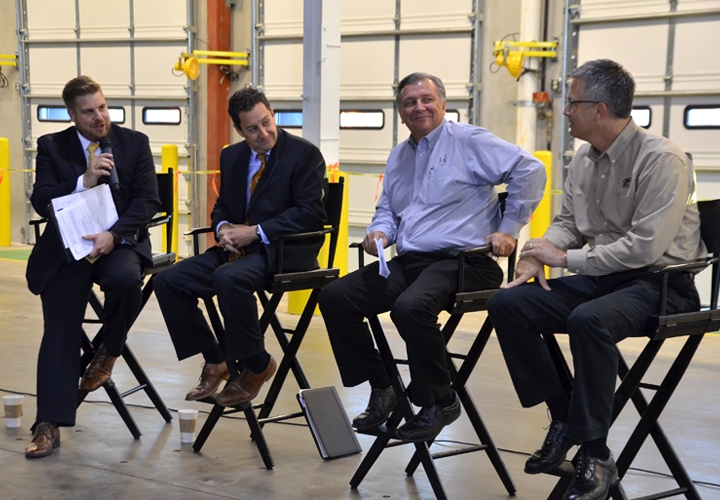Is Springfield running out of room to grow?

For the last year, industrial employers looking for a building in Springfield have had only a handful of options to choose from. In fact, Springfield’s industrial vacancy rate currently stands at 4.3%. This sits well below the national average of 9.4%, putting our region at a disadvantage when it comes to finding a home for new or expanding employers.
“While it’s a good problem to have, this is a major concern for our community,” Jeff Siefried, manager of regional development for the Springfield Area Chamber of Commerce said. “Our economy is losing out because we don’t have the right kind of real estate. It’s as simple as that.”
Currently there are only 3 buildings on the market in the Springfield metro area with more than 100,000 square feet. That number increases to 10 if you’re looking for 50-100,000 square feet.
“When we’re talking with a manufacturer that is considering expanding to our region, it’s a lot harder to attract business to our region when there aren’t buildings for them to look at. If we can get them here to look at a building, we can sell them on the community regardless of whether they buy the building.”
In a meeting of the Springfield Business Development Corporation, Rick Quint owner of Q & Company explained that many older buildings cannot accommodate modern industrial needs because they do not have high enough ceilings. In order to accommodate equipment, manufacturers need at minimum 28 foot high ceilings.
The good news is that thanks to several local developers, companies looking for a new facility in Springfield might be in luck. In the SBDC meeting, local developers Tom Rankin of Rankin Development, LLC and Warren Davis of Warren Davis Properties spoke to what they are doing to keep up with demand for industrial space in Springfield.
Rankin has already begun construction on a speculative building in his 108 acre North Creek Business Park, located south of Interstate 44 and just west of highway 65. When completed, the building will come in at 63,900 square feet and will have ceilings that are 28-foot high at the lowest point in the building.
Davis on the other hand is taking a slightly different approach. In addition to constructing two speculative buildings, both more than 100,000 square feet, Davis is working on completely renovating the 1.35 million square foot Solo Cup building. Only 340,000 square feet of space remains available in the Solo Cup building, which has been completely gutted and revamped to accommodate current industrial needs.

